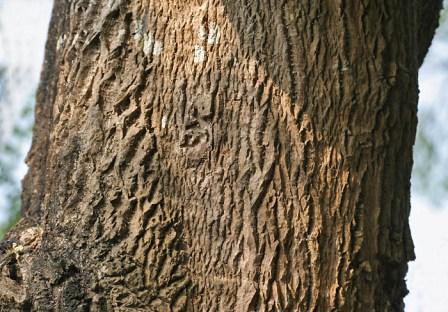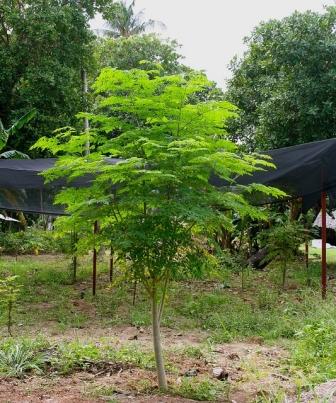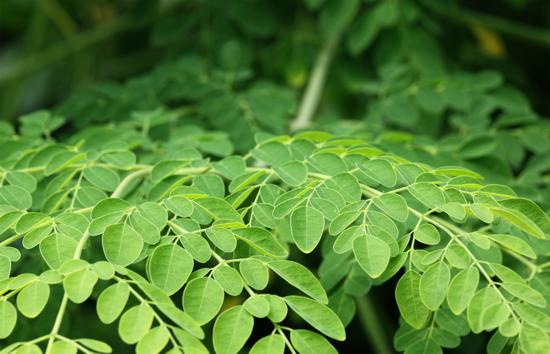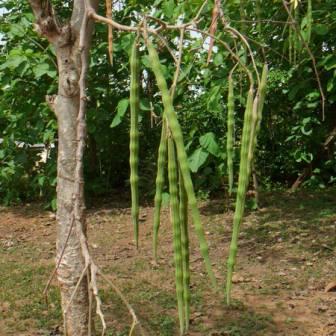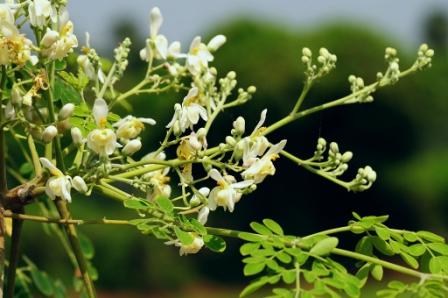Natural Regeneration :
- Naturally reproduce through seeds and coppice.
Artificial Regeneration :
- It can be raised by direct sowing, stump cutting and nursery raised seedlings.
Seed collection and Storage :
- Pods are collected in May – June.
- Collected pods are dried in sun, thrashed to separate clean seed.
- The seeds are stored in air tight container.
- Seeds does not store well.
- Seed rate 8000 to 9000/ Kg.
- Germinative capacity 60-70%.
Seed Treatment :
- Cold water treatment for 12 hours.
Nursery Technique :
- Seeds are sown in June in sunken bed.
- Seed rate is about 30-35 gm/m2 of bed area.
- Nursery beds are irrigated regularly.
- Germination starts in about 8-10 days.
- Seedlings are regularly weeds and spaced 10 cm apart in lines.
- These are fit for planting out and also for making stumps after one year.
Plantation technique :
- Planting out is carried out during July in 30 cm3 pits,
- Under dry conditions, pit size of 60 cm3 with an interval 5 to 10 m Planting should be carried out after the commencement of monsoon
Care & Disease Control :
- Regular weeding and soil working should be taken care.
Agro Forestory :
Boundary/barrier/support:
- Planted as a hedge in courtyards, M. oleifera provides wind protection, shade and support for climbing garden plants.
Major uses :
- The bark is laxative and also stimulates the appetite.
- The juice from the bitter stem bark or root is used in decoction as a laxative against colic and as a febrifuge.
- The bark and the leaves are pounded and applied as a poultice against rheumatism.
- The leaves are heated and applied to treat earache.
- The flower is considered to be astringent and cholagogue.
- The pickled flowers are stomachic.
- The dried fruit is used medicinally.


